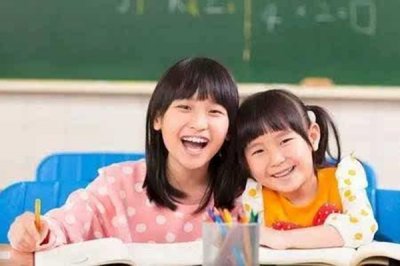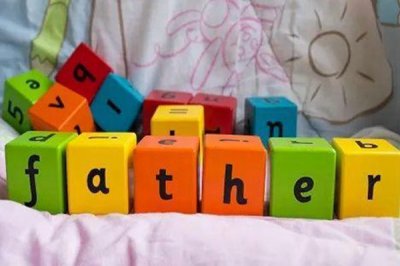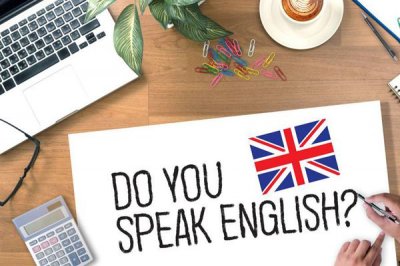英语基础知识 小升初
英语基础知识 小升初孩子准备小升初,有必要将英语基础知识整理一遍,这就整理了一份还算比较全面的小学生英语基础知识,家长朋友们可以参考一下。

第一部分:基础知识
1.字母:26个字母的大小写
ABCDEFGHIJKLMNOPQRSTUVWXYZ
abcdefghijklmnopqrstuvwxyz
2.语音:元音的发音
五个元音字母:AEIOU
12个单元音:
前元音:[i:] [] /e/ []
中元音:[:] []
后元音:[ɑ:] [] [:] [u :] [] []
双元音(8个)
合口双元音(5个)[ai] [ei] [au] [u] [i]
集中双元音(3个) [i][][u]
3.词汇:词汇量,近反义词
4.句子:大小写,标点符号
第二部分:语法知识
1名词:名词单复数,名词的格
(一)名词单复数
一般情况,直接加-s,如:book-books, bag-bags, cat-cats, bed-beds
以s. x. sh. ch结尾,加-es,如:bus-buses, box-boxes, brush-brushes, watch-watches
以辅音字母+y结尾,变y为i, 再加-es,如:family-families, strawberry-strawberries
以f或fe结尾,变f或fe为v, 再加-es,如:knife-knives
不规则名词复数:
man-men, woman-women, policeman-policemen, policewoman-policewomen, mouse-mice
child-children, foot-feet, tooth-teeth, fish-fish, people-people, Chinese-Chinese, Japanese-Japanese
不可数名词的复数就是原型: paper, juice, water, milk, rice, tea
(二)名词的格
有生命的东西的名词所有格:
a) 单数后加 s 如: Lucys ruler my fathers shirt
b) 以s 结尾的复数名词后加 如: his friends bags
c) 不以s 结尾的复数后加 s childrens shoes
并列名词中,如果把 s加在最后一个名词后,表示共有, 如:
Tom and Mikes car 汤姆和迈克共有的小汽车
要表示所有物不是共有的,应分别在并列名词后加s
Toms and Mikes cars 汤姆和麦克各自的小汽车
(2)表示无生命东西的名词通常用 of +名词来表示所有关系:如:
a picture of the classroom a map of China
2冠词:不定冠词,定冠词种类:
(1)不定冠词:a / an a unit / an uncle
元音开头的可数名词前用an :
an egg / an apple / an orange / an eraser / an answer /
n actress / an e-mail /
an address / an event / an example / an opera /
an houran old man / an interesting book / an exciting sport /
an action movie / an art lesson /
(2)定冠词:the the egg the plane
定冠词的用法:
特指某(些)人或某(些)物: The ruler is on the desk.
复述上文提到的人或物:He has a sweater. The sweater is new.
谈话双方都知道的人或物:The boys arent at school.
在序数词前: Johns birthday is February the second.
用于固定词组中: in the morning / afternoon / evening
不用冠词的情况:
专有名词前:big country.
名词前有定语:this , that , my , your , some, any , no 等:
This is my baseball.
复数名词表示一类人和事:Monkeys cant swim. They are teachers.
在节日,日期,月份,季节前:Today is Christmas Day. Its Sunday.
一日三餐前:We have breakfast at 6:30.
球类 棋类运动前:They often play football after class. He plays chess at home.
* 但乐器前要用定冠词:I play the guitar very well.
学科名称前:My favorite subject is music.
在称呼或头衔的名词前:This is Mr Li.
固定词组中:at noon at night by bus
3代词、形容词、副词
1.代词:人称代词,物主代词
人称代词物主代词
主格宾格
第一
人称单数I(我)memy(我的)
复数we(我们)usour(我们的)
第二
人称单数you(你)youyour(你的)
复数you(你们)youyour(你们的)
第三
人称单数he(他)himhis(他的)
she(她)herher(她的)
it(它)itits(它的)
复数they(他们/她们/它们)themtheir(他们的/她们的/它们的)
2.形容词,副词:比较级,最高级
(一)、形容词的比较级
1、形容词比较级在句子中的运用:两个事物或人的比较用比较级,比较级后面一般带有单词than。比较级前面可以用more, a little来修饰表示程度。than后的人称代词用主格(口语中可用宾格)。
2.形容词加er的规则:
一般在词尾加er ;
以字母e 结尾,加r ;
以一个元音字母和一个辅音字母结尾,应双写末尾的辅音字母,再加er ;
以辅音字母+y结尾,先把y变i,再加er 。
3.不规则形容词比较级:
good-better, beautiful-more beautiful
(二)副词的比较级
1.形容词与副词的区别(有be用形,有形用be;有动用副,有副用动)
⑴在句子中形容词一般处于名词之前或be动词之后
⑵副词在句子中最常见的是处于实义动词之后
2.副词比较级的变化规则基本与形容词比较级相同(不规则变化:well-better, far-farther)
4数词:基数词、序数词
基数词:
(1)1-20
one,two,three,four,five,six,seven,eight,nine,ten,eleven,twelve,thirteen,fourteen,fifteen, sixteen,seventeen,eighteen,nineteen,twenty
(2)21-99 先说几十,再说几,中间加连字符。
23twenty-three,34thirty-four,45fortyfive,56fifty-six,67sixty-seven,78seventy-eight,89eighty-nine,91ninety-one
(3)101999先说几百,再加and,再加末两位数或末位数;
586five hundred and eighty-six,
803eight hundred and three
(4)l,000以上,先从右往左数,每三位数加一个,,第一个,前为thousand.第二个,前为million,第三个,前为billion
1,001one thousand and one
18,423eighteen thousand,four hundred and twenty-three
6,260,309six million two hundred and sixty thousand three hundred and nine
750,000,000,000seven hundred and fifty billion
序数词
(1)一般在基数词后加th
eg.fourfourth,thirteenthirteenth
(2)不规则变化
onefirst,twosecond,threethird,fivefifth,eighteighth,nineninth,twelvetwelfth
(3)以y结尾的十位整数,变y为ie再加th
twentytwentieth, fortyfortieth, ninetyninetieth
(4)从二十一后的几十几直至几百几十几或几千几百几十几只将个位的基数词变为序数词。
twenty-first,two hundred and forty-fifth
基数词转为序数词的口诀:
基变序,有规律,词尾加上-th.
一,二,三,特殊记,词尾字母t,d,d.
八去t,九去e, ve要用f替。
ty将y变成i,th前面有个e.
若是碰到几十几,前用基来后用序。
5介词:常用介词:in, on, at, behind等
1.at表示时间概念的某一个点。(在某时刻、时间、阶段等)。
*at 1:00(dawn,midnight,noon)在一点钟(黎明、午夜、中午)
*at breakfast, at lunch 在早餐、午餐期间
2.on
1)表示具体日期。
on Sunday 星期
on May 1st 日期
on the morning of May 1st 具体到某一天的上午、下午、晚上
on Childrens Day 具体日期
/p>
1)表示时段、时期,在多数情况下可以和during互换,前者强调对比,后者强调持续。
in(during)1988 在一九八八年
in Summer 季节
in June 月份
in the morning, afternoon, evening 在早晨,下午,晚上
6动词:动词的四种时态:
(1)一般现在时:
一般现在时的构成
1. be动词:主语+be(am, is, are)+其它。如: I am a boy. 我是一个男孩。
2. 行为动词:主语+行为动词(+其它)。 如: We study English. 我们学习英语。
当主语为第三人称单数(he, she, it)时,要在动词后加-s或-es。如:Mary likes Chinese.玛丽喜欢汉语。
动词+s的变化规则
1.一般情况下,直接加-s,如:cook-cooks, milk-milks
2.以s. x. sh. ch. o结尾,加-es,如:guess-guesses, wash-washes, watch-watches, go-goes
3.以辅音字母+y结尾,变y为i, 再加-es,如:study-studies
(2)一般过去时:
动词过去式详解 动词的过去式的构成规则有:
A、规则动词
① 一般直接在动词的后面加ed:如 worked , learned , cleaned , visited
② 以e结尾的动词直接加d:如 lived , danced , used
③ 以辅音字母加y结尾的动词要改y为i再加ed(此类动词较少)如 study studied carry carried worry worried (注意play、stay不是辅音字母加y,所以不属于此类)
④ 双写最后一个字母(此类动词较少)如 stopped
B、不规则动词(此类词并无规则,须熟记)
小学阶段要记住以下动词的原形和过去式:
sing sang , eat ate ,see saw , have had ,
do did ,go went , take took , buy bought ,
get got , read read ,fly flew , am/is was ,
are were , say said , leave left , swim swam ,
tell told , draw drew ,come came , lose lost ,
find found , drink drank ,hurt hurt , feel felt
(3)一般将来时:
基本结构:
①be going to + do;
②will+ do. be going to = will
I am going to go swimming tomorrow(明天). = I will go swimming tomorrow.
(4)现在进行时: am,is,are+动词现在分词
动词现在分词详解 动词的ing形式的构成规则:
① 一般的直接在后面加上ing , 如doing , going , working , singing , eating
② 以e 结尾的动词,要先去e再加ing ,如having , writing
③ 双写最后一个字母的(此类动词极少)有:running , swimming , sitting , getting
第三部分:句法
1陈述句
(1)肯定句:是指用肯定的语气来陈述的句子,如:
Im a student. She is a doctor. He works in a hospital.
There are four fans in our classroom. He will eat lunch at 12:00. I watched TV yesterday evening.
(2)、否定句:含有否定词或表示否定意义词的句子,如:
Im not a student. She is not (isnt) a doctor.
He does not (doesnt) work in a hospital. There are not (arent) four fans in our classroom.
He will not (wont) eat lunch at 12:00. I did not (didnt) watch TV yesterday evening.
2疑问句
一般疑问句:是指询问事实的句子,此类句子必须用yes,或no来回答。
特殊疑问句:以特殊疑问词(what , where , who , which , when , whose , why , how等)开头引导的句子。此类句子应该问什么就答什么,不能用yes 、no来回答。
3There be句型
There be 句型与have, has的区别:
1、There be 句型表示:在某地有某物(或人)
2、在there be 句型中,主语是单数,be 动词用is ; 主语是复数,be 动词用are ; 如有几件物品,be 动词根据最*近be 动词的那个名词决定。
3、there be 句型的否定句在be 动词后加not , 一般疑问句把be 动词调到句首。
4、there be句型与have(has) 的区别:there be 表示在某地有某物(或人);have(has) 表示某人拥有某物。
5、some 和any 在there be 句型中的运用:some 用于肯定句, any 用于否定句或疑问句。
6、and 和or 在there be句型中的运用:and 用于肯定句, or 用于否定句或疑问句。
7、针对数量提问的特殊疑问句的基本结构是:
How many + 名词复数 + are there + 介词短语?
How much + 不可数名词 + is there + 介词短语?
8、针对主语提问的特殊疑问句的基本结构是:
Whats + 介词短语?

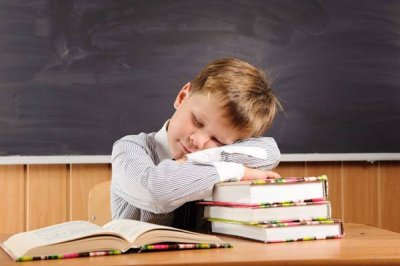
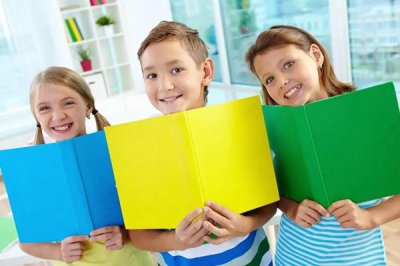
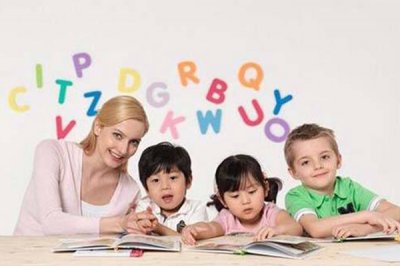

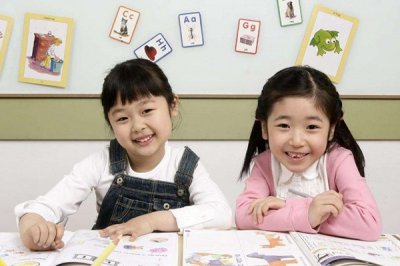 小学生如何学好英语?
小学生如何学好英语?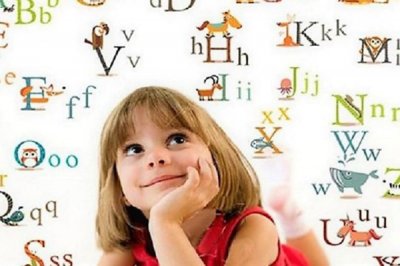 学习英语音标应该注意
学习英语音标应该注意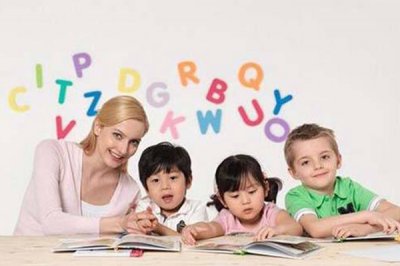 学习英语注意以下几点
学习英语注意以下几点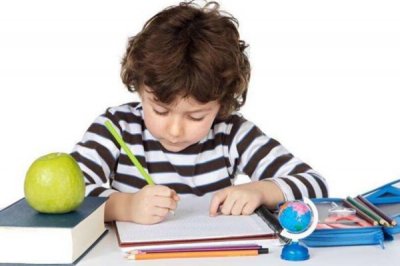 提高学生英语写作的有
提高学生英语写作的有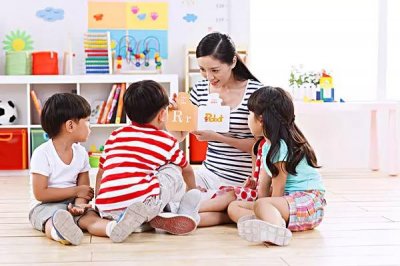 15个能激发孩子英语学
15个能激发孩子英语学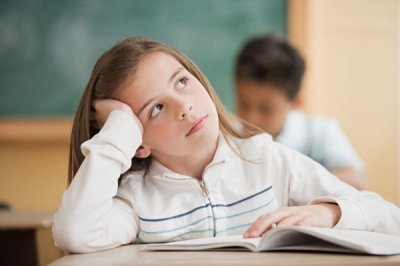 如何提高小学生的英语
如何提高小学生的英语 家长陪伴孩子学习英语
家长陪伴孩子学习英语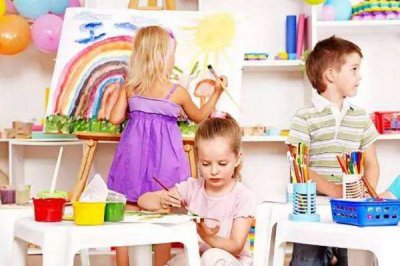 孩子如何提高英语口语
孩子如何提高英语口语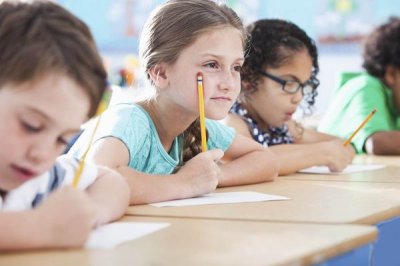 小学刚学英语怎么学才
小学刚学英语怎么学才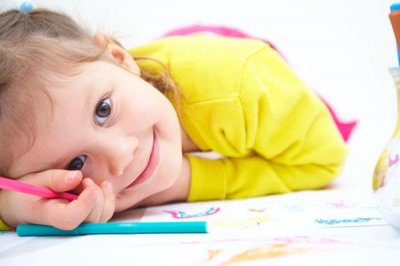 刚刚学英语靠背单词有
刚刚学英语靠背单词有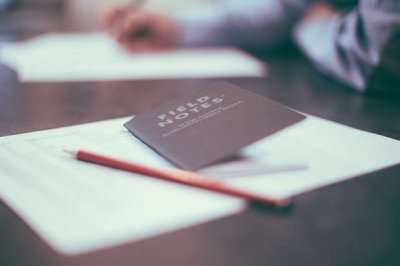 教你读英语好听的小技
教你读英语好听的小技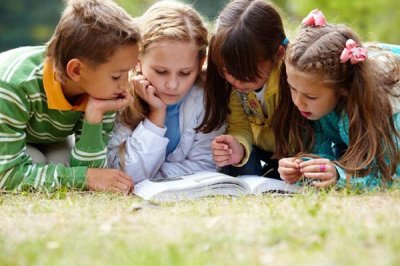 怎么把握英语朗读的节
怎么把握英语朗读的节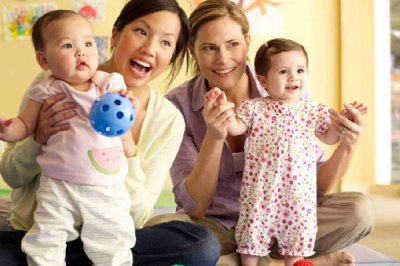 如何在日常生活中练习
如何在日常生活中练习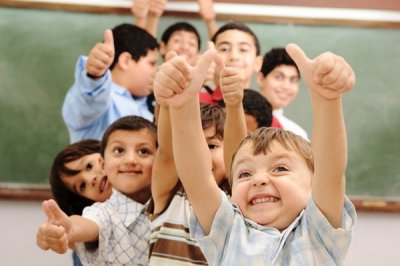 有哪些有趣的游戏适合
有哪些有趣的游戏适合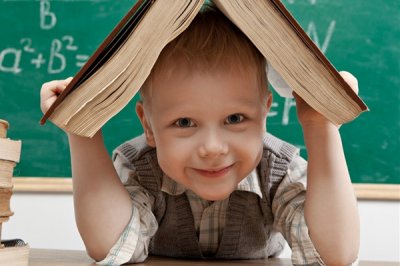 有哪些适合小孩子的有
有哪些适合小孩子的有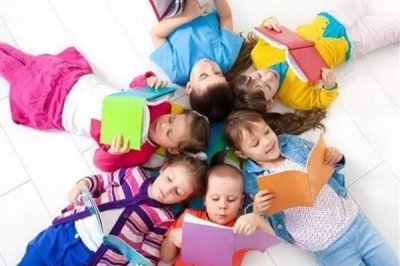 如何进行英语单词的分
如何进行英语单词的分